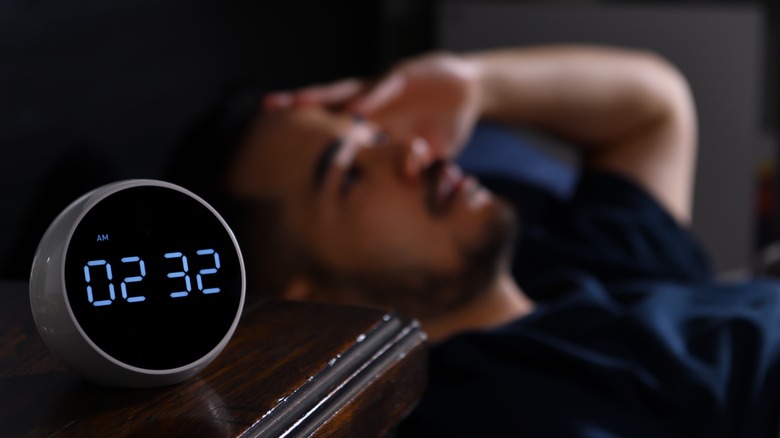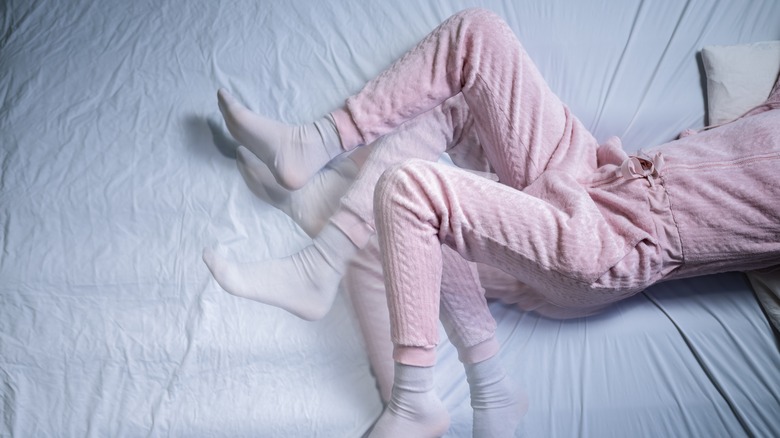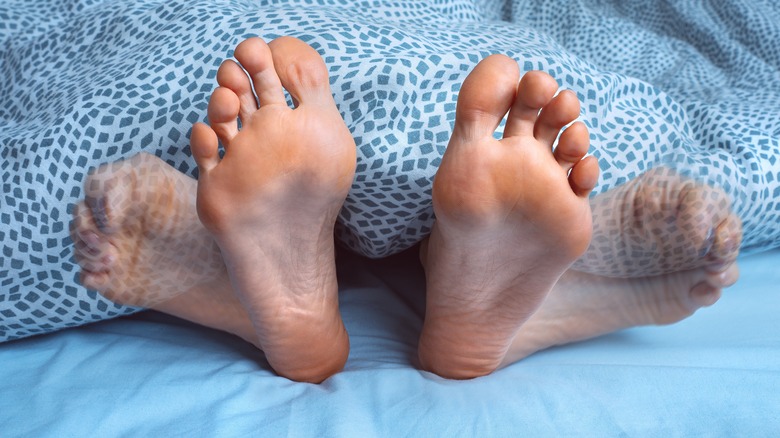How Restless Legs Syndrome Affects Sleep
According to the National Institute of Neurological Disorders and Stroke (NINDS), Restless Legs Syndrome (RLS) is a neurological sleep disorder that causes sudden uncontrollable urges to move your legs while sitting in an idle position or lying down. Also known as Willis-Ekbom disease, this condition may worsen in the afternoon or at night. Movement, such as walking, may temporarily ease the unpleasant feeling in the legs.
Per a 2011 study published in Sleep Medicine, RLS prevails in up to 29% of the adult population in the U.S. and European nations. The variation in statistics is due to the differences in key demographic factors, such as gender, age, economic status, lifestyle, health status, and race. The study revealed that RLS is currently more prevalent in women and the elderly. If left untreated, RLS can severely depreciate the quality of life, affecting your productivity, mental wellbeing, and sleep patterns. What causes this condition?
The causes and symptoms of RLS
Per WebMD, there's no specific cause of RLS. Initial theories state that RLS may be caused by diseases in the leg's blood circulation system, or the nerves in the legs may be repudiated. Although further research is in progress, some sleep experts believe RLS is triggered by a chemical imbalance in the brain responsible for stable movements. In addition, the Cleveland Clinic reports that several other comorbidities may be related to RLS, such as diabetes, iron deficiency anemia, Parkinson's disease, hypothyroidism, arthritis, and fibromyalgia, among others. Moreover, pregnant people may also be more likely to experience symptoms of RLS.
The symptoms of this condition begin with a persistent unpleasant feeling in the lower limbs (via NINDS). They are somewhat similar to continuous throbbing and muscle pulling. These sensations rarely affect the upper limbs and may vary from severe to mild. Usually, RLS attacks transform during the night, while in the daytime, you may not feel any symptoms. The symptoms are different in every individual but are commonly worse in those who are insomniacs or sleep-deprived, warns NINDS.
How RLS impacts sleep
According to the Mayo Clinic, people with RLS experience difficulty with sleep because the symptoms worsen at night. The continuous urge to move your legs may cause you to drift in and out of sleep throughout the evening, resulting in sleeplessness and insomnia. In turn, you may be unable to enjoy a healthy deep sleep. The American Academy of Sleep Medicine reveals that most people diagnosed with RLS get less than five hours of sleep each night, which is significantly lower than the recommended seven to eight hours of rest for an average adult.
The Sleep Foundation suggests working on your sleep hygiene to combat RLS problems and improve your sleep quality. For instance, you may want to identify the triggers that cause RLS, particularly at night. It's advised to have healthy routines to help you enjoy a restful snooze. Additionally, you may want to stay away from alcoholic beverages before bedtime, as some experts have connected alcohol to RLS symptoms, per the Sleep Foundation.



